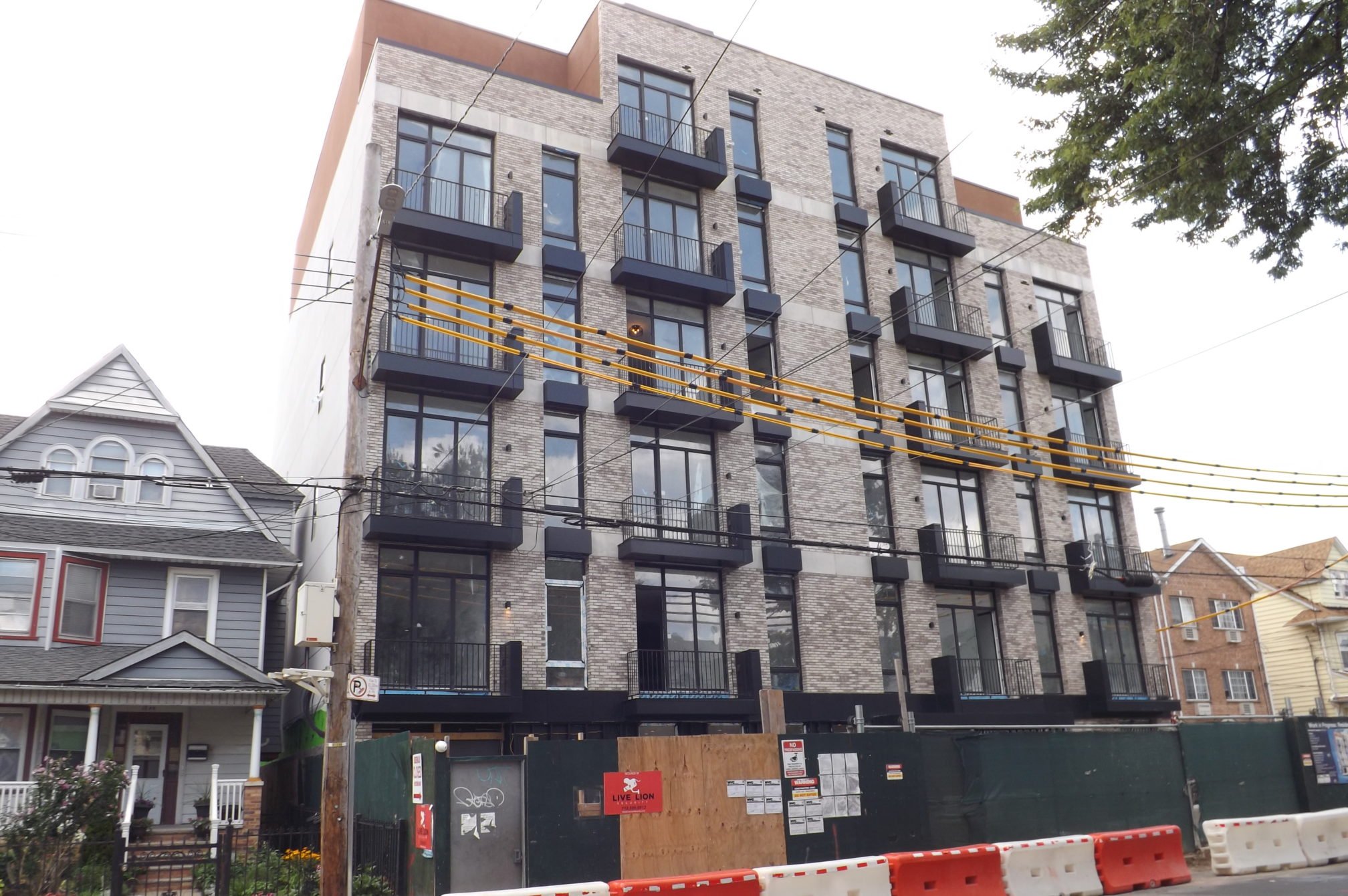East Flatbush rezoning stalled more than 10 years ago. Is it time for another push?
With overdevelopment rampant in the neighborhood, community members search for a solution

On a single street in East Flatbush, there are eight apartment buildings either recently completed or currently under construction, standing shoulder-to-shoulder with the neighborhood’s signature early 20th-century Victorian houses.
Construction sites crowd New York Avenue, a two-way street that is now a hotspot for new development. Some local residents reported having construction work invade their space, with scaffolding encroaching on their property and debris occasionally covering their lawns. Neighbors say they’ve had enough, with some voicing their frustrations at a recent Community Board 17 meeting.
The type of development underway is largely due to failed efforts to rezone the area some 10 years ago — the current zoning designation of New York Avenue allows for the development of apartment buildings that can be as tall as 70 feet. Some still see a rezoning as the solution, although that would be years away, at best.
